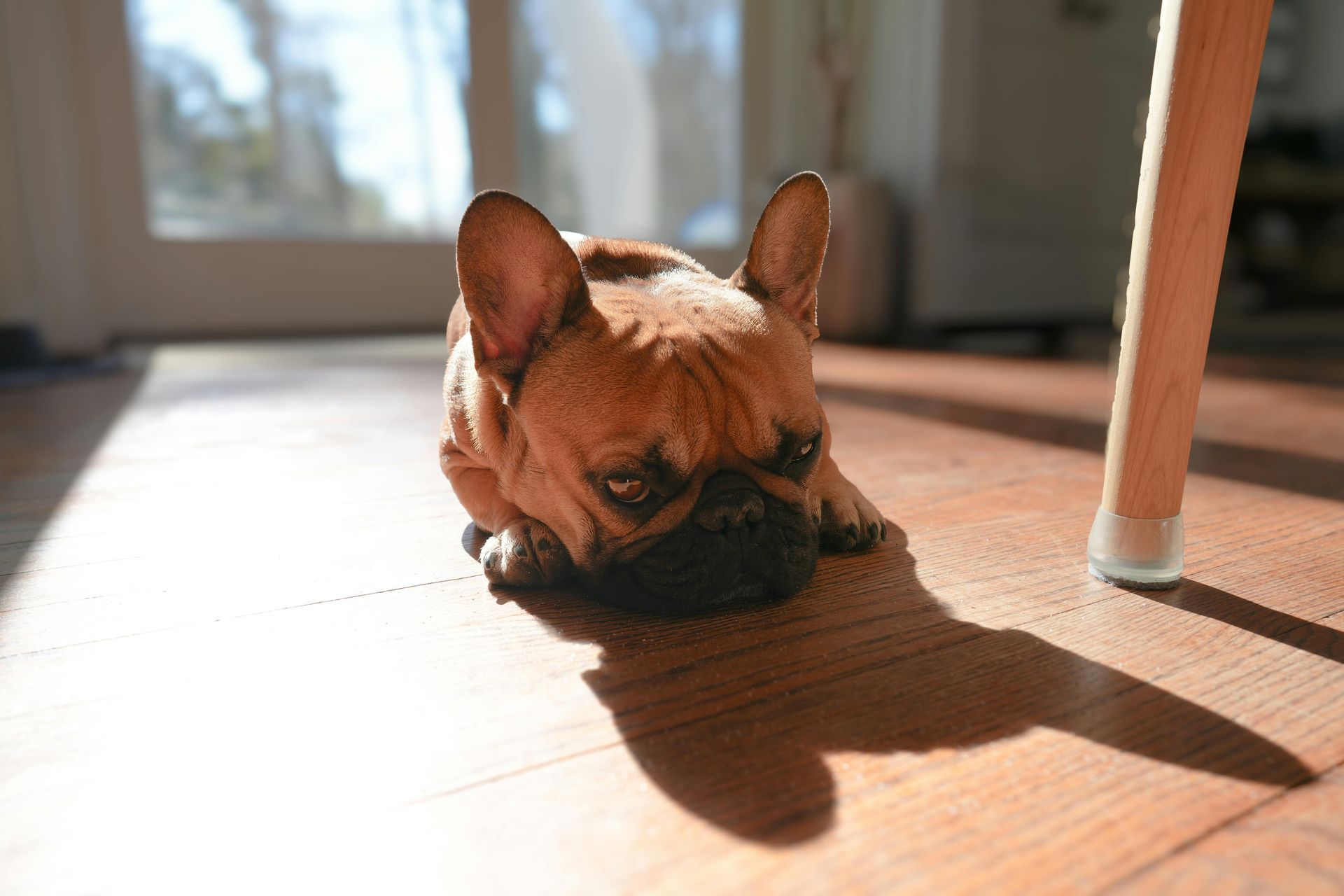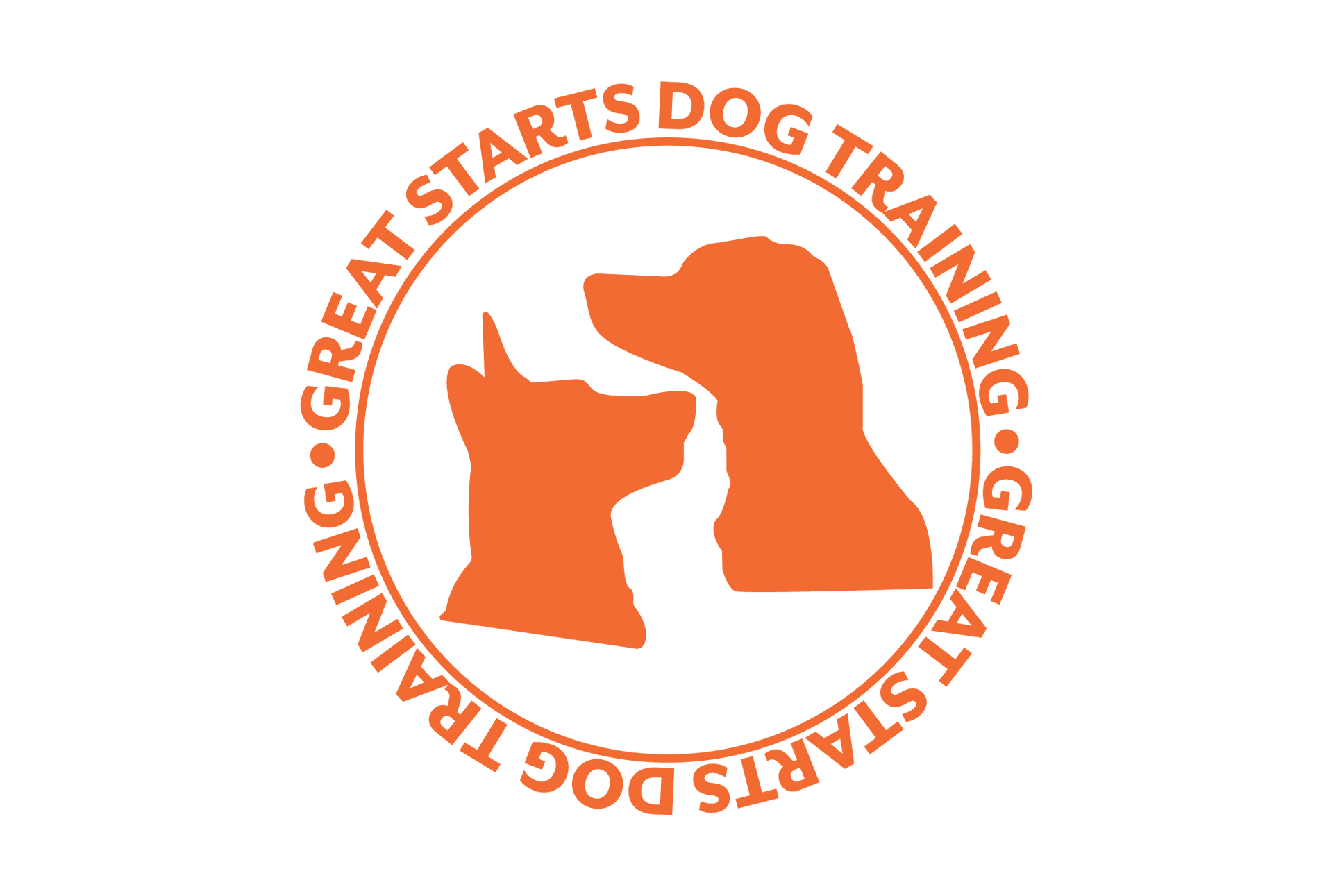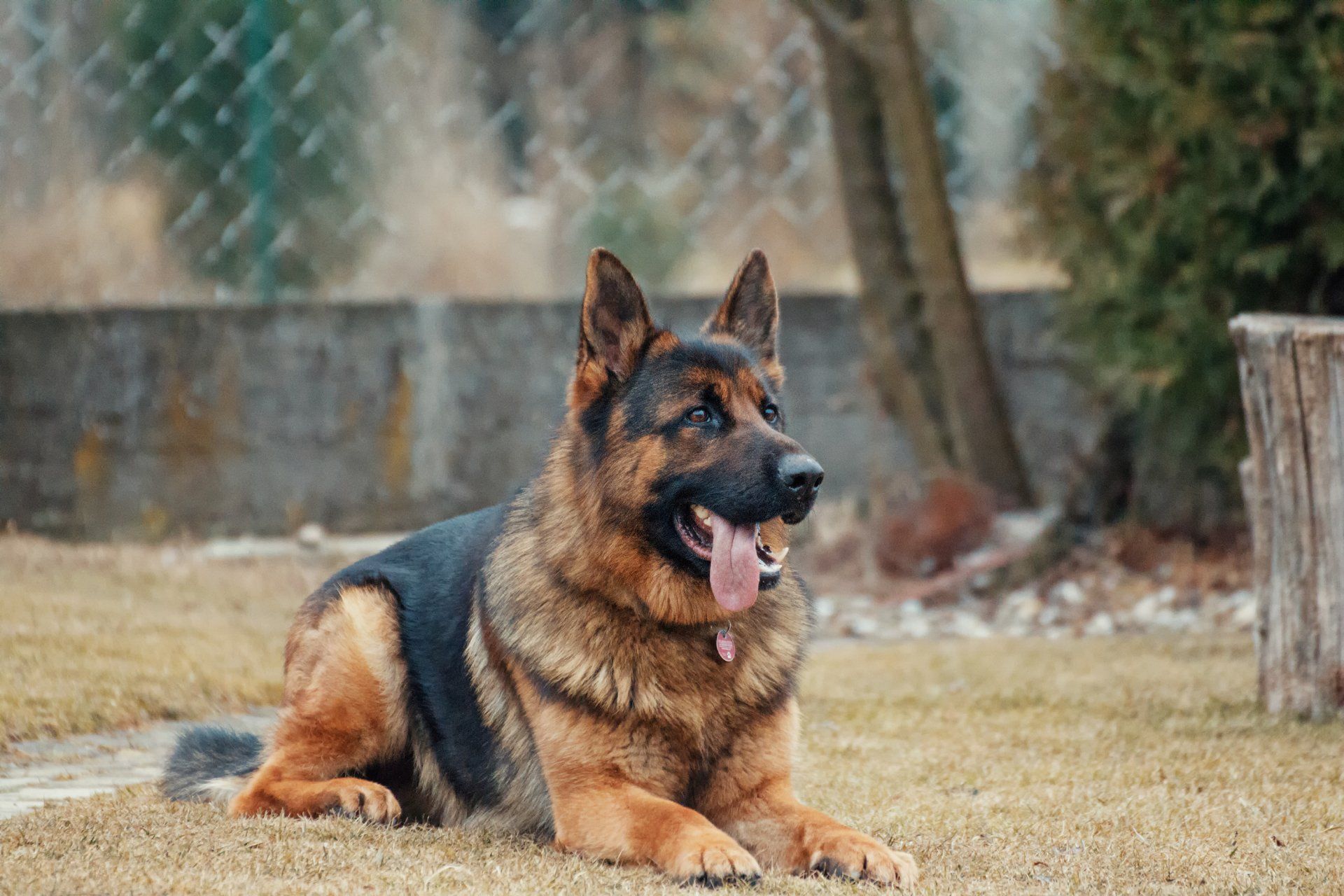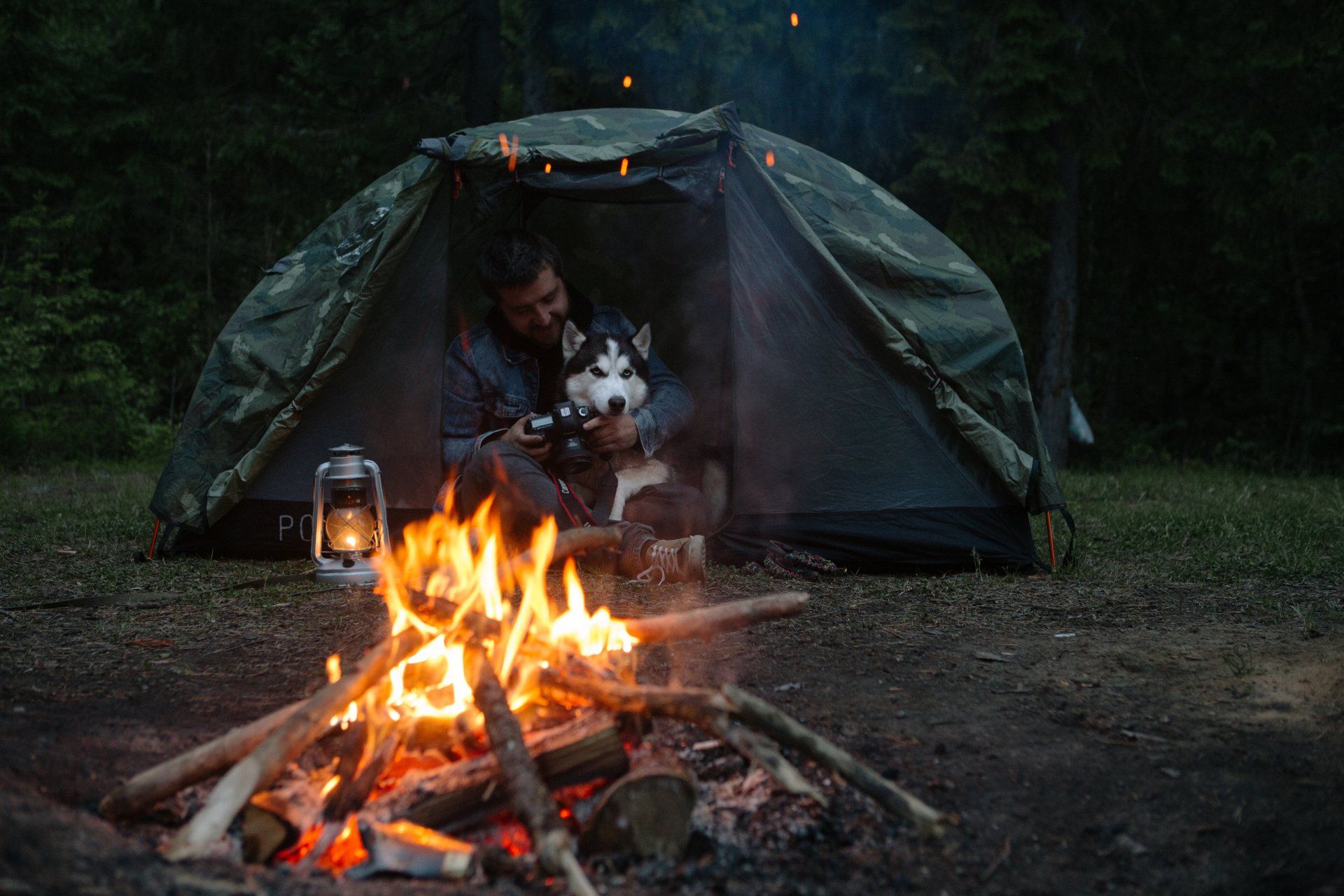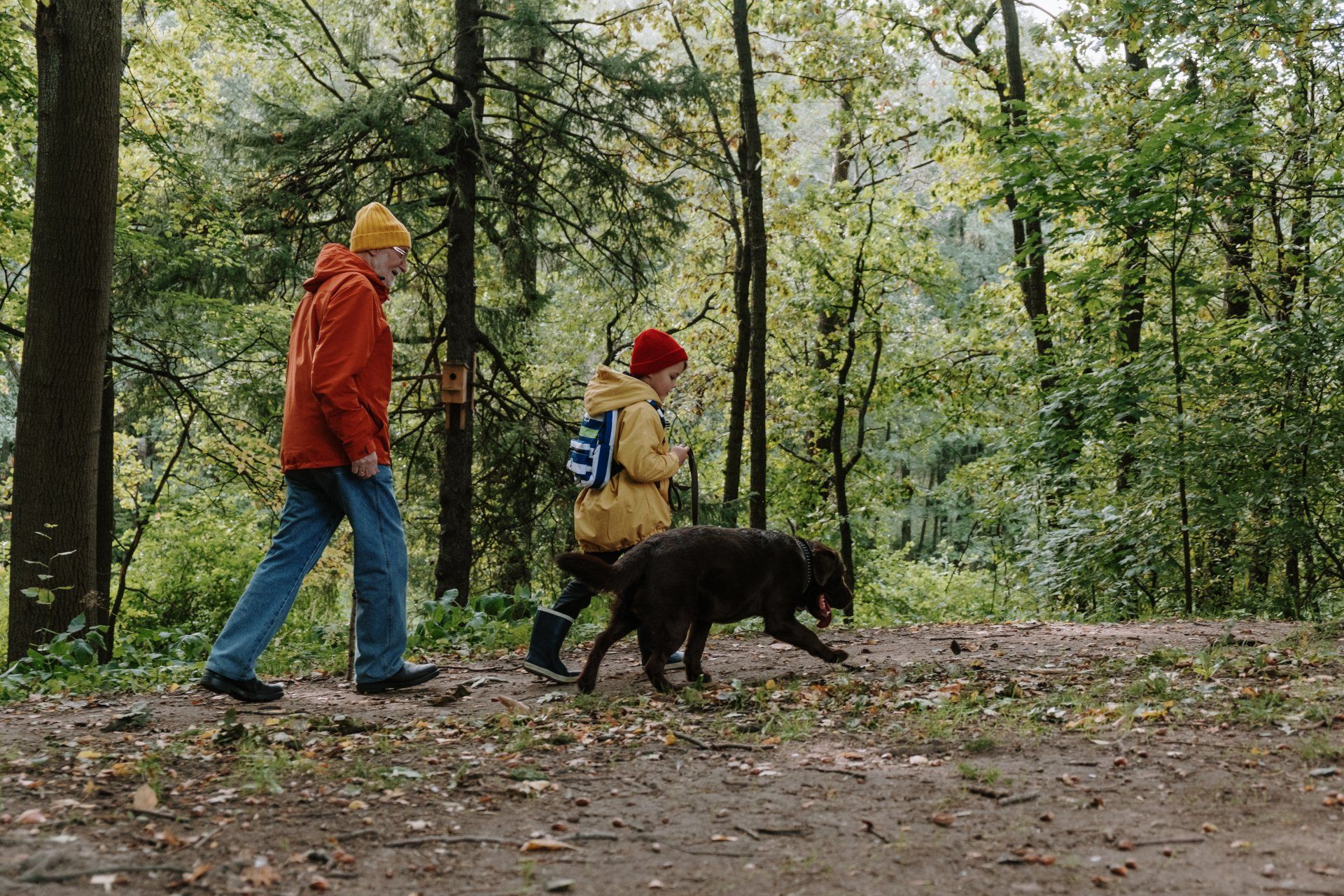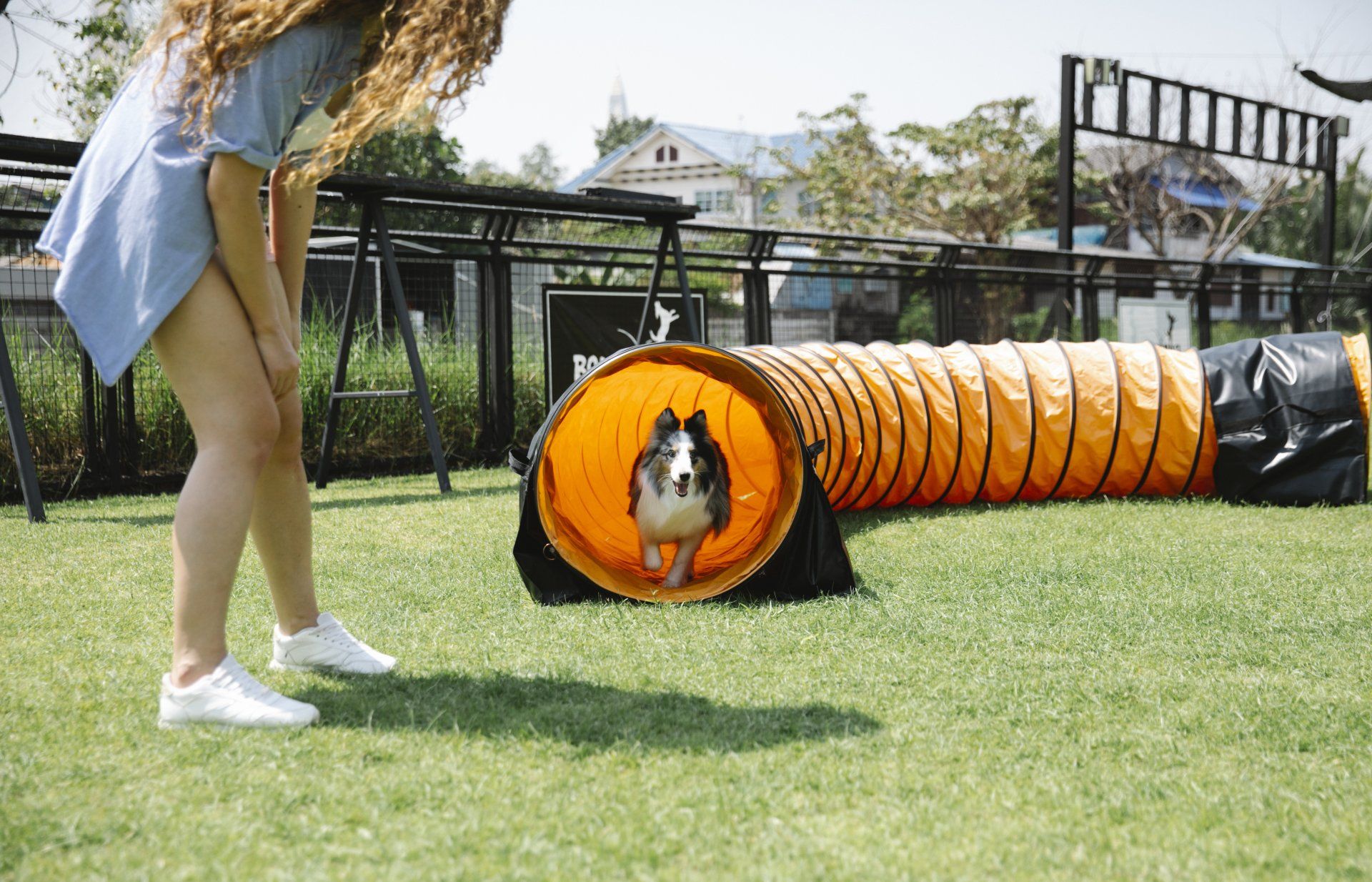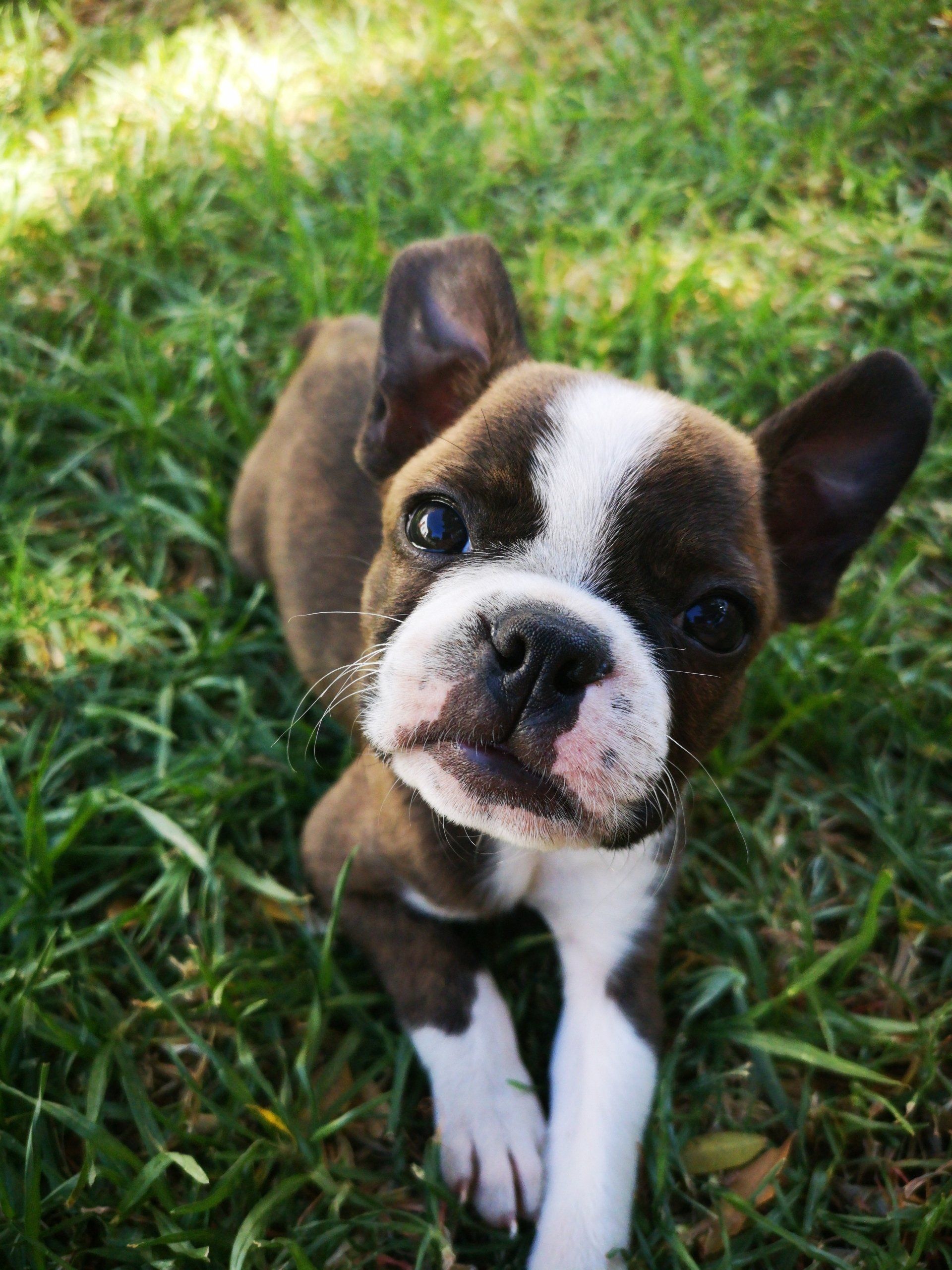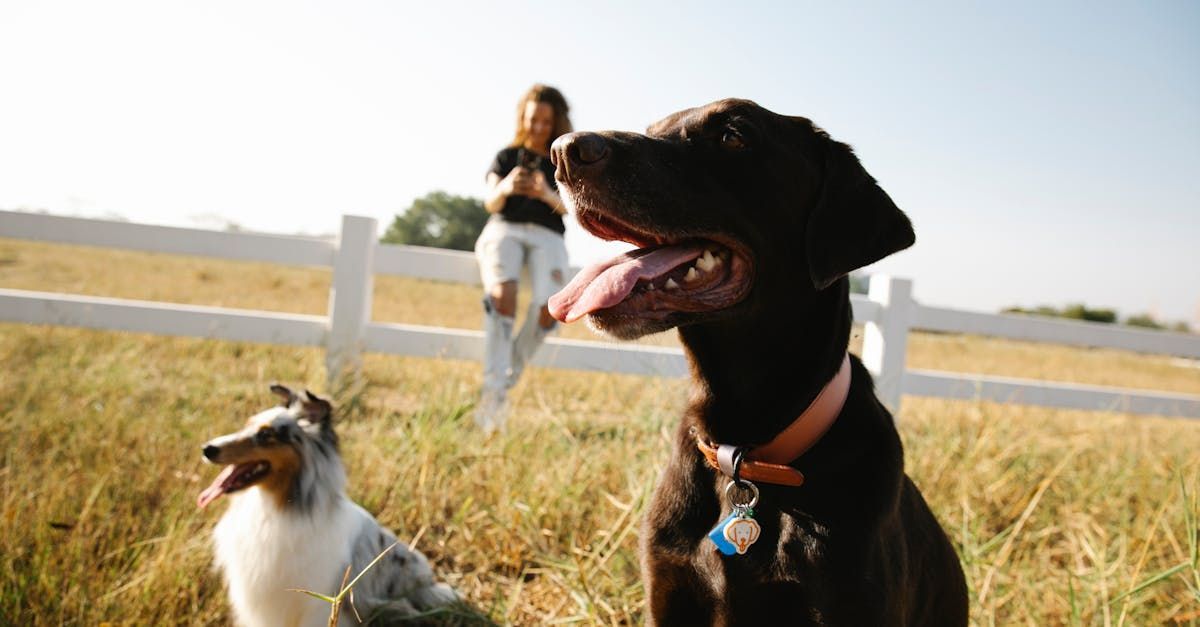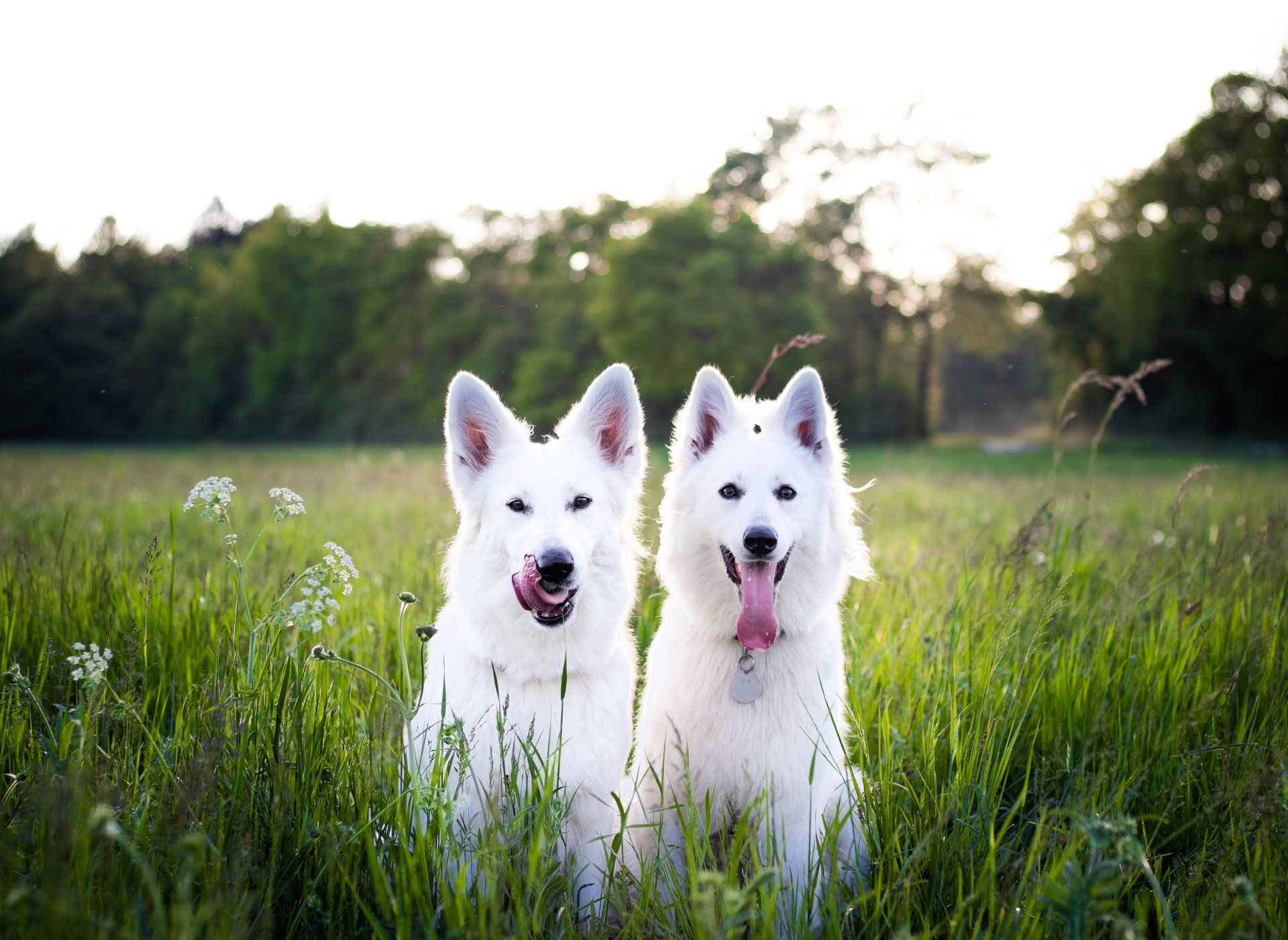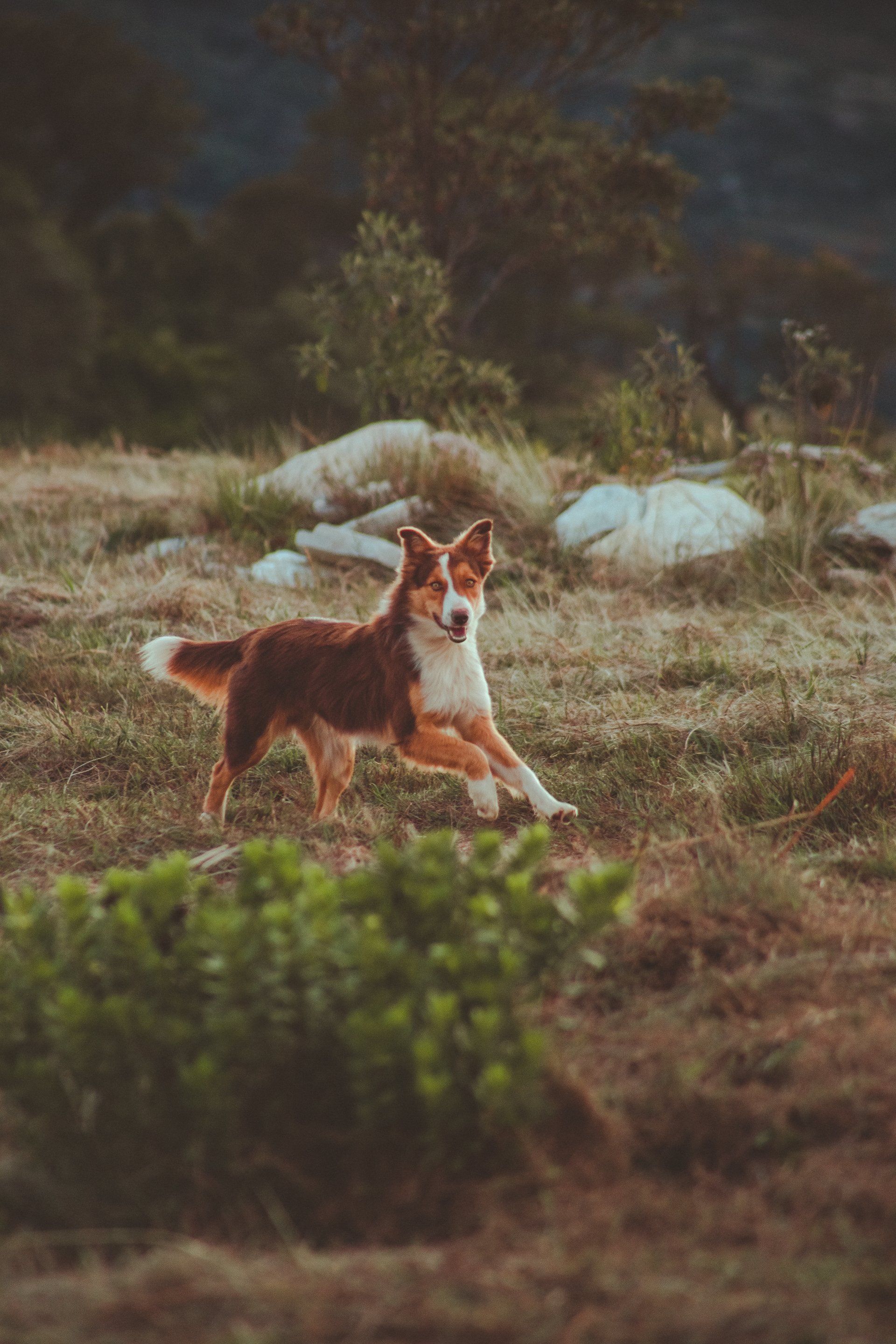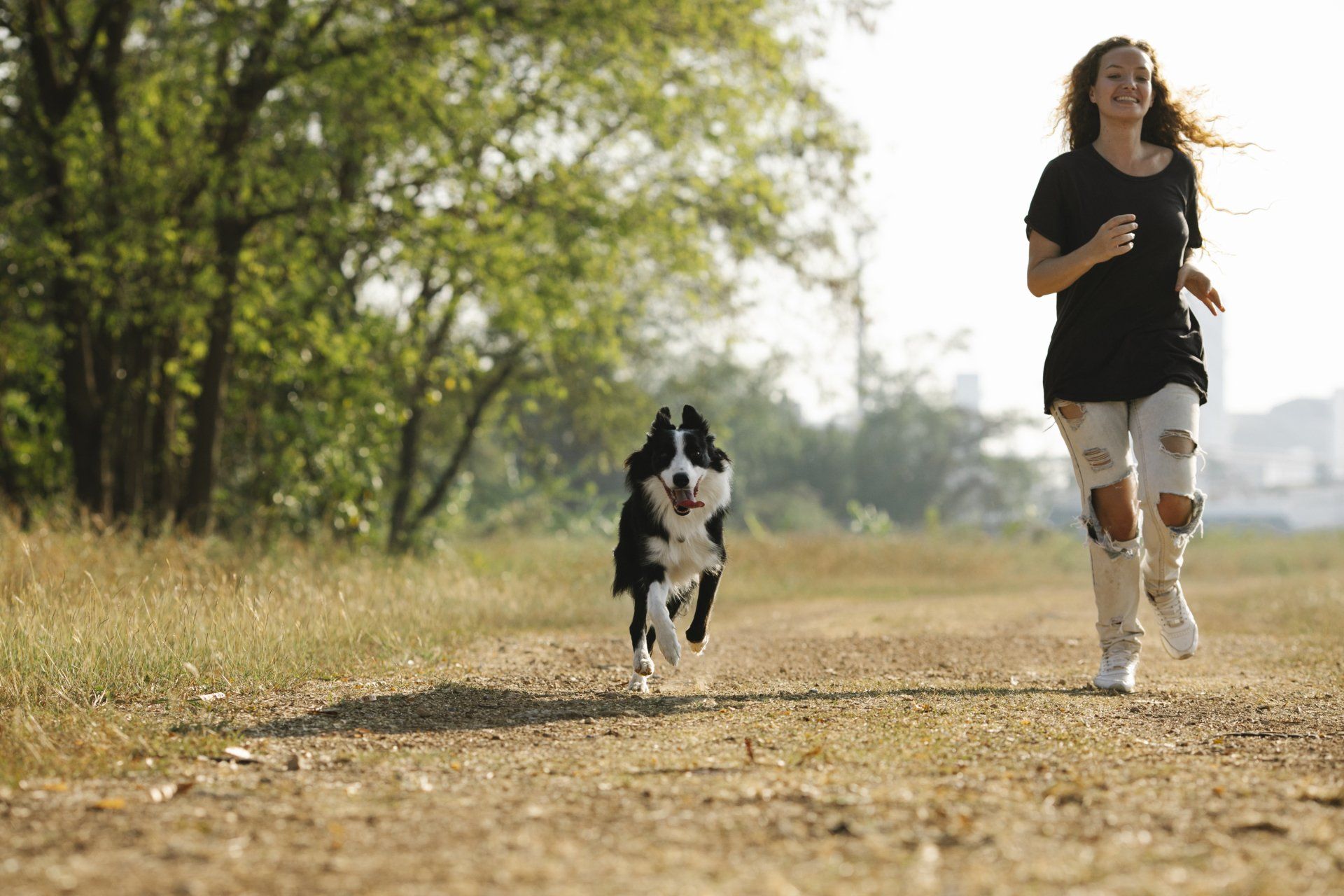Understanding and Easing Anxiety in Dogs: A Compassionate Approach
Having a furry friend can bring immense joy and companionship to our lives, but for those with anxious dogs, the journey is often fraught with unique challenges.

The emotional toll of caring for a pet with anxiety goes beyond the surface, impacting not only the dog but the owner’s entire lifestyle. In this post, we are going to look into the world of those who struggle with their anxious dogs, and share some hopeful tips to help their dog lead a less anxious life.
The Isolation Struggle:
Owning an anxious dog can be an isolating experience. The once-easy outings to parks or social gatherings become a source of stress and apprehension. Dog owners find themselves withdrawing from social activities, afraid that their furry companion might not cope well with the environment or interact positively with other dogs. The sense of isolation deepens as the once-spontaneous plans transform into meticulously calculated outings, centered around minimizing potential triggers for their anxious dog.
Constant Worry and Stress:
The daily life of a dog owner with an anxious dog is often intertwined with worry and stress. Every unanticipated noise or unexpected encounter can trigger anxiety in their dog, leading to a cascade of concern for the owner. The fear of their dog’s unpredictable behavior, keeping them on high alert. This constant stress not only affects the owner’s mental well-being but also seeps into various aspects of their daily routine, overshadowing what should be moments of joy and relaxation.
The Sadness of Unhappiness:
Perhaps one of the most heart-wrenching aspects of having an anxious dog is the immense sadness that comes knowing that their dog isn’t leading as happy, or carefree a life as they could be. Dogs are cherished members of the family, and watching their struggle with anxiety can leave their owners feeling helpless. The bond that once thrived on shared moments of joy becomes tinged with the sorrow of knowing that their pup is constantly anxious.
As we explore these facets of life with an anxious dog, it’s crucial to approach the subject with empathy and understanding. Let’s shift our focus to the transformative power of training in boosting a dog’s confidence and share practical steps for dog owners to help their pups work through their anxieties. Creating a happier, more balanced life for both them, and their dog!
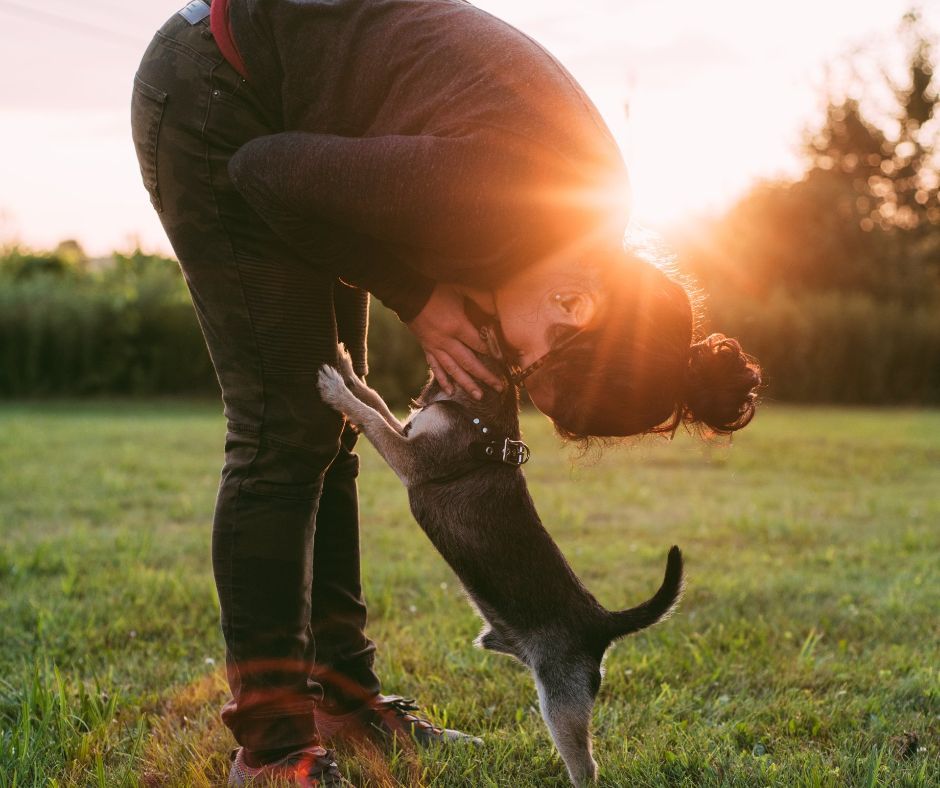
Training as a Confidence Booster:
Despite the challenges, there is a beacon of hope for those navigating the life of anxious dog ownership—training. Training serves as a powerful tool not just to curb undesirable behaviors but also to instill confidence in anxious dogs. Like humans, dogs thrive on routine and structure. Consistent training sessions create a predictable environment that can be particularly comforting for anxious pups.
Training not only imparts essential commands but also establishes a clear communication channel between the owner and the dog. This understanding becomes a cornerstone in building trust and alleviating the underlying anxieties that may trigger unwanted behaviors. The process of learning and mastering commands boosts a dog’s self-esteem, providing them with a sense of accomplishment that can counteract their anxious tendencies.
Steps to help your dog:
1. Identify Triggers:
Begin by identifying specific triggers that cause anxiety in your dog. This could range from loud noises to certain environments or interactions. Understanding these triggers is the first step in addressing the root causes of anxiety.
2. Gradual Exposure:
Once you’ve identified triggers, work on gradual exposure. Introduce your dog to these situations in a controlled and positive manner. Reward calm behavior and create positive associations to help them overcome fear.
3. Consistent Commands:
Consistency is key in training. Use clear and consistent commands to guide your dog’s behavior. This not only fosters a sense of security for them but also reinforces the bond between you and your dog.
4. Positive Reinforcement:
Positive reinforcement is a powerful tool. Reward your dog for good behavior with treats, praise, or affection. Positive associations with desired behaviors will encourage them to repeat those actions more often.
5. Patience and Understanding:
Above all, be patient and understanding. Overcoming anxiety is a gradual process, and each dog progresses at its own pace. Celebrate small victories and provide a supportive environment that they can grow in.
While the journey of caring for an anxious dog is not without its challenges, the power to make a positive change rests in the hands of dedicated and compassionate owners. Training offers a pathway to boost a dog’s confidence, fostering a happier and more harmonious relationship.
By identifying triggers, exposing dogs gradually, using consistent commands, incorporating positive reinforcement, and exercising patience, kicks off the journey to transform the anxious moments into opportunities for growth and connection.
Remember, with time, understanding, and a commitment to training, both dogs and their humans can find joy and balance in their shared lives.
